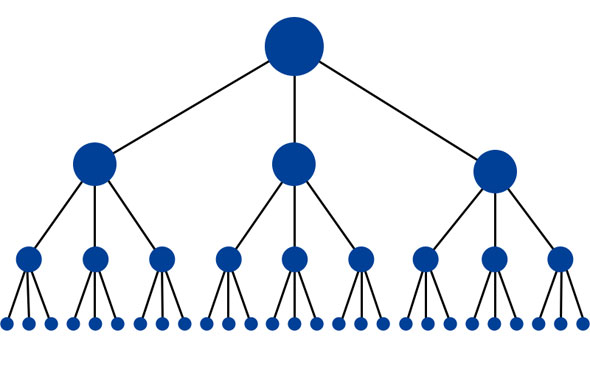Ask most people about link building and they automatically think about links from 3rd party, external websites. However, the internal link structure on your own website is a much overlooked and neglected facet of not only search engine optimization but also on-site navigation.
Internal links are crucial in two respects. Firstly, a well organized and easy to follow internal navigation system makes it much easier (and quicker) for your visitors to move around your site and find what they are looking for. This in turn will lead to a much better user experience and, crucially, a higher conversion rate. Secondly a well-structured internal linking system actually boosts your search engine rankings. Internal links ‘pass down’ some of the ‘link juice’ of the page in question to the recipient pages. Hence pages that don’t feature any internal linking are failing to maximize their SEO potential.

So, in order to ensure that you are following the very best internal linking strategy possible, exactly what should you do? Here are a few useful tips that you can implement:
1. Remove any JavaScript or Flash based links- As things stand at the moment the search engines find it difficult to crawl Flash, Java or image based links. It’s a much better idea to use straightforward text based links instead.
2. Use meaningful anchor text- It can be quite tempting to simply use ‘click here’ for all your internal links. Whilst this can be useful in moderation, you should really try to mix up the anchor text you use internally, e.g. you can use a combination of keywords and a call to action.
3. Add Breadcrumbs- breadcrumbs are a great way to make your site that much easier for visitors to navigate. This is especially true if visitors are trying to ‘retrace their steps’ or find related information, for example moving towards the related category pages. Breadcrumbs will also improve the flow of link juice permeating through your site from key pages, such as the home page and category pages. If your site uses WordPress as its CMS there are plenty of free breadcrumb plugins that you can install to automate this process.
4. Remove Broken Links- It’s amazing how often you come across broken links on sites. It’s a real shame, as such sites are losing valuable link juice. By performing a simple site audit, you can identify such broken links, fix them, and hence improve the number of indexed pages as well as search engine rankings. This really is a simple and ‘quick fix’.
5. Add an XML Sitemap – submitting a sitemap to the major search engines is a great way of ensuring that your pages get indexed. If you have a WordPress based site there are some free plugins that you can install that fully automate the process of generating and submitting XML sitemaps.
As you can see it really isn’t difficult to ensure that your site has a well structures and easy to follow linking and navigation system. Not only will you make it easier for your visitors to find their way around you’ll be helping to maximize the search engine ranking capacity of your site.
Mark Chambers works for Espan Digital, offering small and medium sized enterprises with expert advice in the areas of SEO and PPC. He specialises in SEO Surrey as well as PPC management and consultancy.
The Importance Of Internal Site Links

